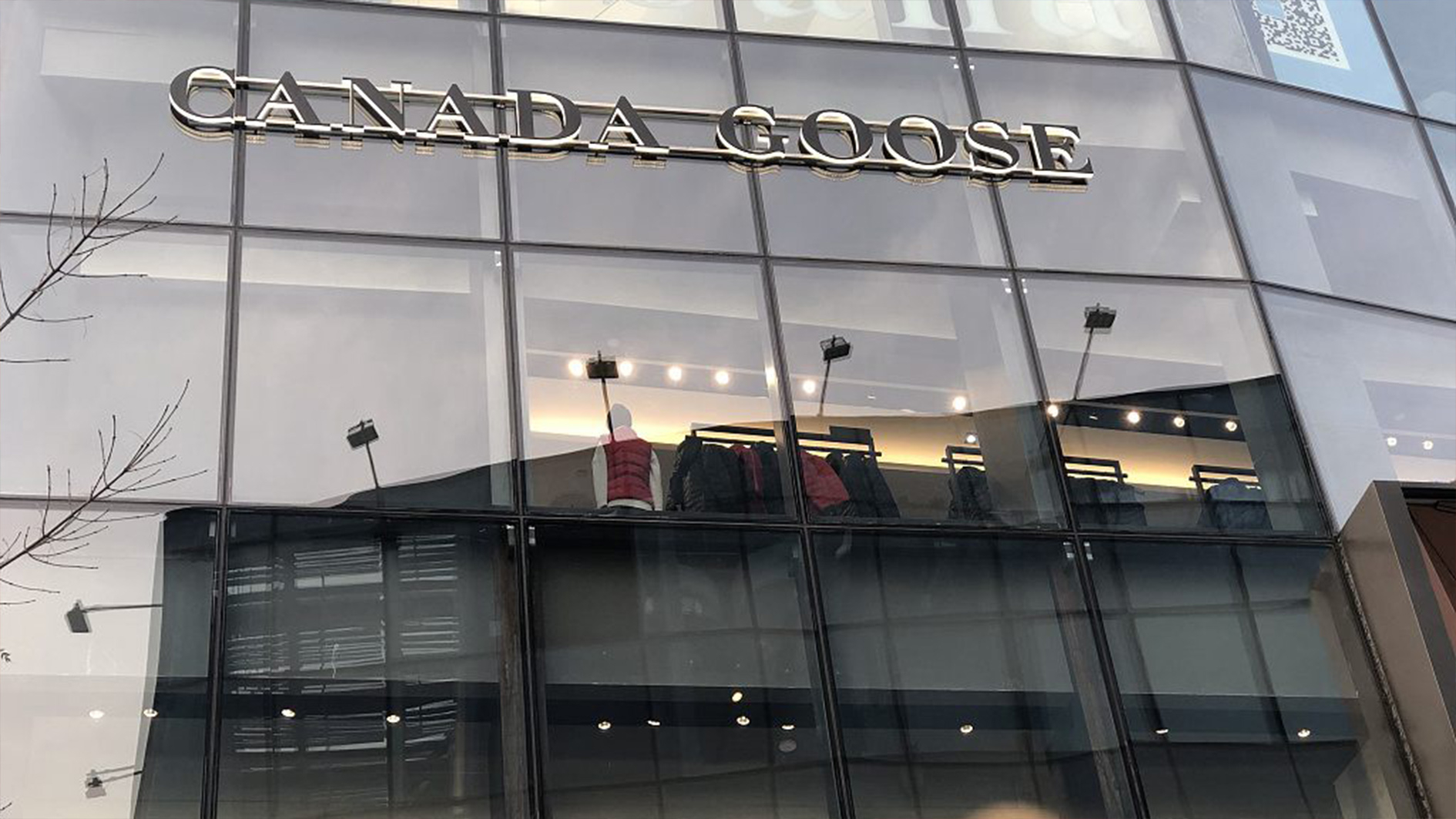
Money Stories
19:25, 05-Feb-2019
Puffy coats become a symbol of growing income inequality
Updated
21:58, 05-Feb-2019
By CGTN's Global Business
03:06

A freezing afternoon in Chicago, and a busy time for shops selling winter coats. Some of these jackets sell for more than a thousand dollars, an expense many cannot afford.
In England, a high school recently banned students from wearing expensive coats to school as it "stigmatizes students" and "poverty shames families".
"Adolescents are very much in tune to the social hierarchy. For being the owner of an expensive jacket puts you in a group that is defined as somehow better than a group that doesn't. Tomorrow it will be something else, and we are going to see the exclusion of kids that can't afford the high-priced items until we get at understanding the root causes of marginalization," said Arthur Lurigio from the Loyola University in Chicago.
Jodee Blanco is an anti-bullying expert. She said that although "poverty-proof" schools have good intentions, they fail to address the main issue of bullying.

VCG Photo
VCG Photo
"This problem can't be solved by banning different items. It can only be solved on the inside by teaching kids compassion in school, incorporating lessons about compassion and kindness and tolerance and awareness in existing curricula and giving parents the tools to reinforce those life lessons at home," Blanco explained.
For manufacturers of expensive coats, the link between their products and school-bullying would appear to be unfair and unintended consequence of their brands' success. If nothing else, the move by a UK school to ban such coats has brought focus to the issue of "poverty shaming".
Broader Urban Involvement & Leadership Development (BUILD) is an organization that looks to engage at-risk youth in West Chicago and prevent them from joining gangs. They see the firsthand use of status symbols in schools that separate the haves from the have-nots.
"Anytime where there is a community, where there is high poverty, you want to separate yourself. There are status symbols such as shoes, jackets, belts, some brush it off, but for others, it's not so easy. So they carry a lot of shame for being poor which is not even their problem or their fault," said Bradley Johnson, the director of core programs at BUILD.
Educators say there are serious consequences. They indicated that kids who are bullied many times are more likely to suffer from mental illness and significantly more likely to take their own lives.
Fashion has always been more than just clothes. But for those that cannot afford to buy the latest items, it is also a key source of marginalization.

SITEMAP
Copyright © 2018 CGTN. Beijing ICP prepared NO.16065310-3
Copyright © 2018 CGTN. Beijing ICP prepared NO.16065310-3